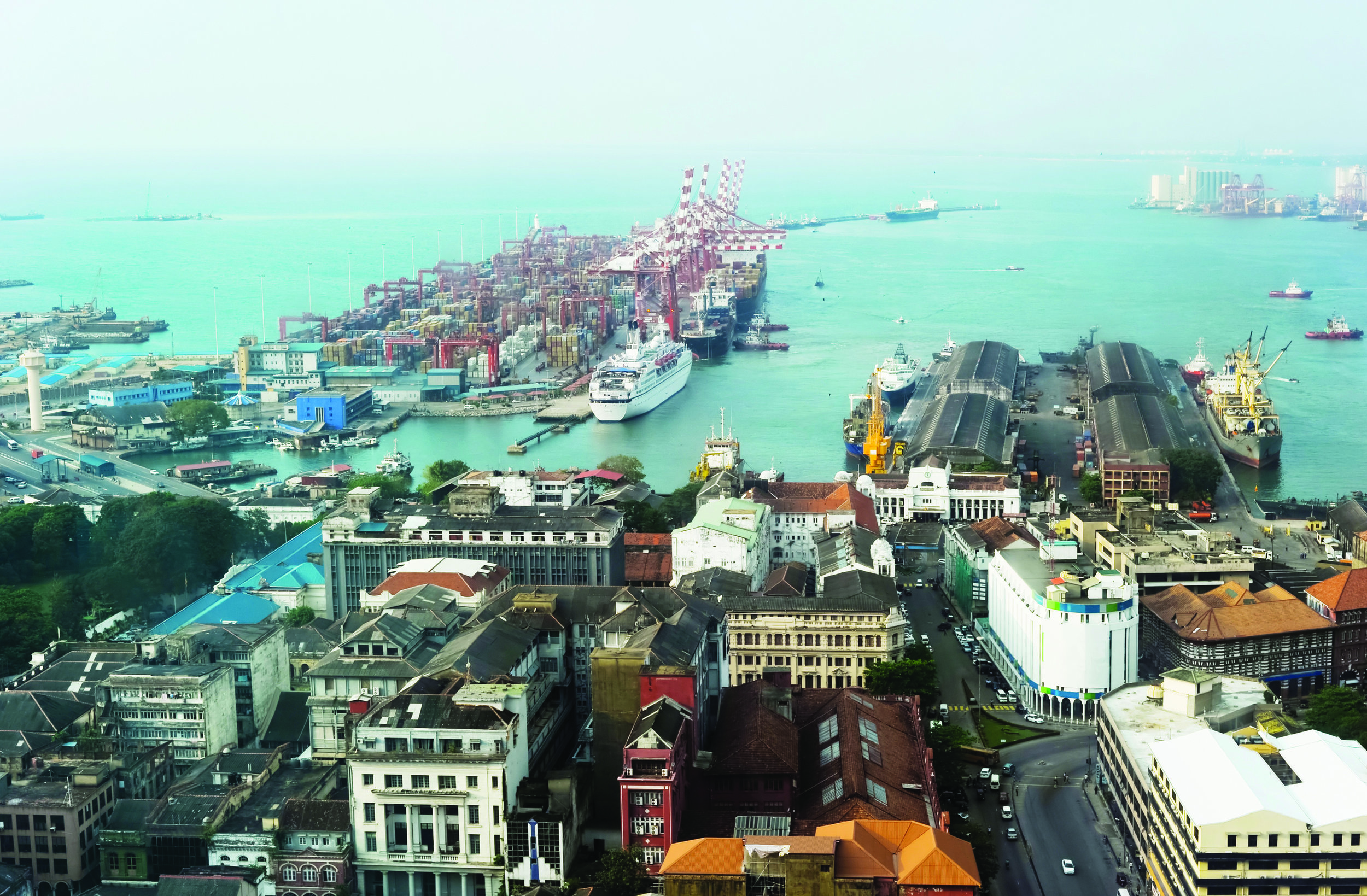Every day it seems that emergency departments become more hazardous places to work. But there are proven design strategies that can help create a safer zone for patients and providers.
Emergency Physicians International was founded in 2010 as a way to tell the stories of the heroic men and women developing emergency medicine around the globe. This magazine is dedicated to their tireless efforts saving lives in the harshest conditions, 24/7/365.












